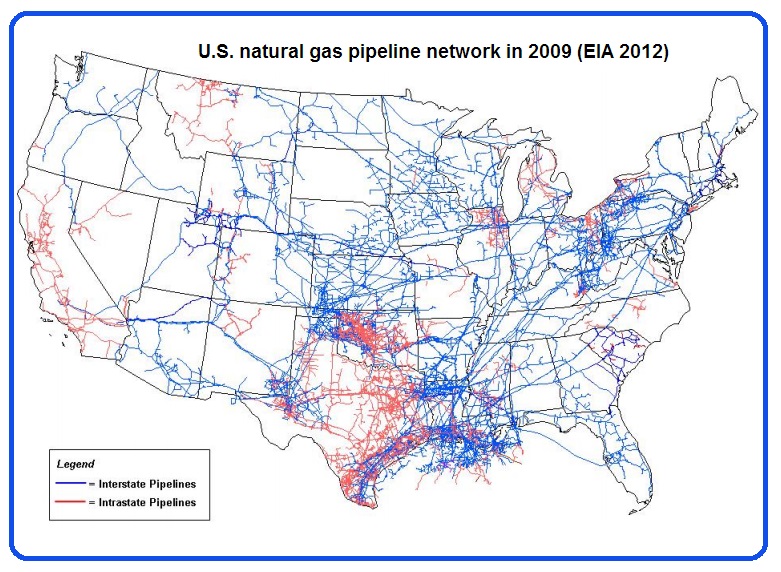Editor’s note: This article should be of interest to renewable energy developer because hydrogen will likely be generated by electrolyzing water. Surplus power, that generated when demand is low, will probably come from wind plants that would otherwise face curtailment.
Transmission and distribution system operators (TSOs and DSOs) in the natural gas sector are under increasing pressure to reduce CO2 emissions and increase access to the natural gas infrastructure for renewable gases. However, there are currently no existing guidelines for the preparation of these networks for the injection of hydrogen produced from renewable sources. To address this, DNV GL has initiated a global joint industry project (JIP) ‘HYREADY’. Stakeholders from the natural gas value chain, including natural gas TSOs and DSOs, and technology providers have already signed up. The project remains open for other participants to join.

From the U.S. Energy Information Administration (EIA), Office of Oil and Gas Division, Gas Transportation Information System. The EIA has determined that this informational map does not raise security concerns.
The ‘HYREADY’ initiative will encourage the industry to ‘be ready for hydrogen’ by developing practical processes and procedures for the introduction of hydrogen to the grid. Project partners will work together to deliver a broadly accepted methodological description of the steps and aspects to be considered by TSOs and DSOs across the globe on the measures they could take to prepare natural gas grids for hydrogen injection with acceptable consequences.
“We have seen an increasing number of projects needing access to natural gas infrastructure for renewable gases,” says DNV GL project manager Onno Florisson. “With multiple organizations having the same objective, our industry guidelines will address the ‘how-to’ questions for gas system operators so that they can be confident both in preparing their natural gas grids for the accommodation of hydrogen and in the consequences related to hydrogen injection.”
To successfully introduce pure hydrogen (e.g. from Power-to-Gas) and hydrogen containing mixtures (e.g. syngas) into natural gas grids, the impact and acceptability needs to be assessed to evaluate amongst others the performance and safety of end user appliances, system integrity and integrity management, energy transport capacity and compression efficiency.
The project will run for two years and is split into four work packages; transmission systems, distribution systems, end-user infrastructure and appliances (both domestic and industrial) and the design of a hydrogen injection facility. The impact of hydrogen on the natural gas system will be addressed on both a component and system level. HYREADY will be based on existing knowledge: there is no experimental work foreseen to be carried out in the framework of this project. The project will take the outcomes of projects such as NATURALHY, HIPS, and many others on board.
HYREADY will capture the outcomes of the project into a practical methodological description of the steps and aspects to be considered to support the actual implementation of hydrogen injection into the natural gas system.
DNV GL
www.dnvgl.com
Filed Under: News, Software




